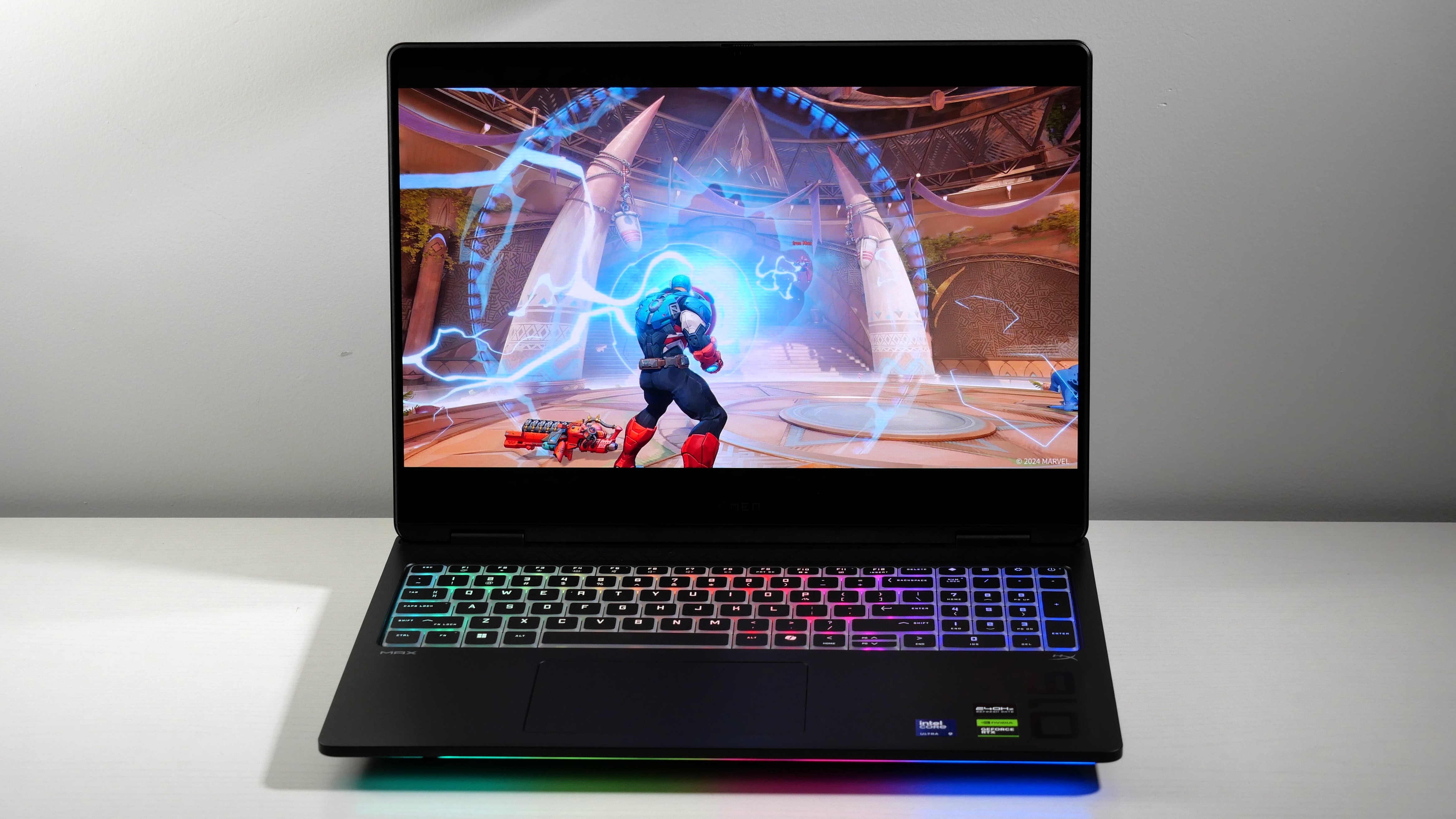Toshiba Laptop Decoder Ring: Notebook Naming Demystified
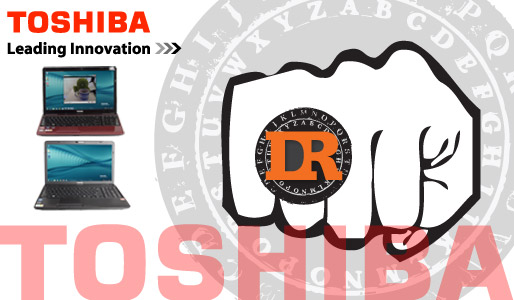
With few exceptions, the way that notebook companies name their products can be highly confusing. What do all those letters and numbers mean? Look no further. We put together a Toshiba cheat sheet (other brands are coming) to help you decipher the nomenclature vendors use so you’ll be able to know at a glance who it’s for, the size, and other features of any given system. You may even give the blue shirts a run for their money!
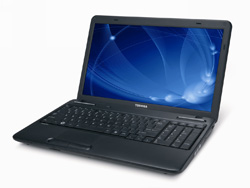
Satellite (Consumer)
Toshiba's consumer effort is divided into four lines: The C and L lines are aimed at entry-level shoppers, while those that start with A or M are more premium lines, and have flourishes such as chrome accents. The T series includes inexpensive consumer ultraportables like the 13-inch Satellite T235. The E series is a line that was created in conjunction with Best Buy.
Satellite Pro (Small Business)
Satellite Pro laptops are targeted towards small business users, and have office-friendly features, such as compatibility with Toshiba's Dynadock U docking stations.
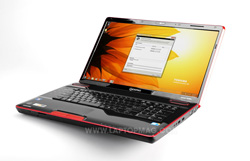
Qosmio (Gaming/Multimedia)
The Qosmio line is made up of high-octane machines with aggressive color schemes. They also tend to be loaded with multimedia-centric features, such as robust speaker systems, large displays, and Blu-ray drives. The current generation of Qosmio is the X500 series, all of which have 18.4-inch screens.
Get The Snapshot, our free newsletter on the future of computing
Sign up to receive The Snapshot, a free special dispatch from Laptop Mag, in your inbox.
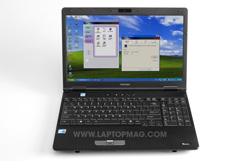
Tecra (Business/Enterprise)
The Tecra family consists of bread-and-butter business machines that come with a standard 3-year warranty, longer than the typical 1-year for Toshiba's consumer notebooks. Tecras are available in M, A, and R series with subtle differences in design and configuration between them. The R series, for example, is available with both a touchpad and a pointing stick.
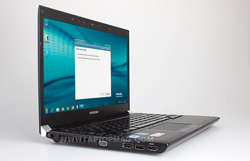
Portege (Ultraportable Business)
Toshiba's Portege line emphasizes mobility and high-end business technologies. For example, compact 12- and 13-inch notebooks can be configured with solid-state drives, touchscreens, or tablet capabilities. Current generation Porteges are in the R800 series.
Tip: the last digit of the Portege model number is a five or a zero, which indicates whether the system is marketed for consumers or businesses respectively. For example, the Toshiba Portege R830 is meant for businesses and therefore has Windows 7 Professional installed.
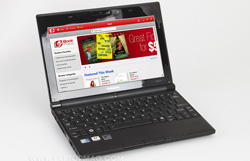
mini (Netbooks)
Toshiba's mini family of portables is comprised of netbooks. They have small 10.1-inch screens, are powered by Intel Atom processors, and can be had for a low price, starting under $300.
Note that the letters at the end of a Toshiba mini model number indicate the color of the netbook. For example, the NB505-508GN has a green lid.
Toshiba Model Number Tips
- Screen Size: On some notebook lines (Satellite, Portege), the second digit in the model number represents the second digit of the screen size (ex: 3 for 13-inches, 6 for 15.6 inches).
- Second-Generation Core Processor: An X at the very end of a model indicates that the notebook is equipped with the latest second-gen Intel Core processor (ex: Portege R835-P56X)
- 3D Display: A 3DV indicates that this notebook uses Nvidia 3D Vision.
- AMD CPUs: Some Toshiba models end in "D" to indicate that they use AMD processors (ex: Satellite T235D).
